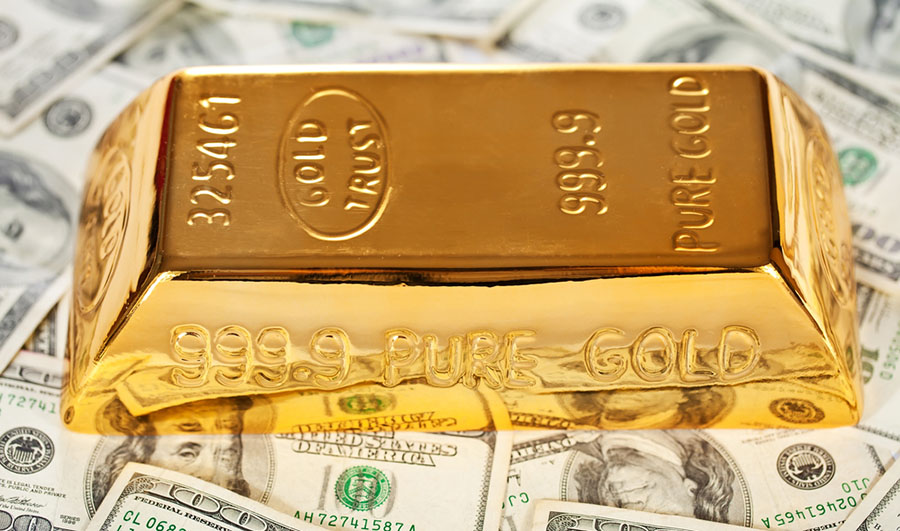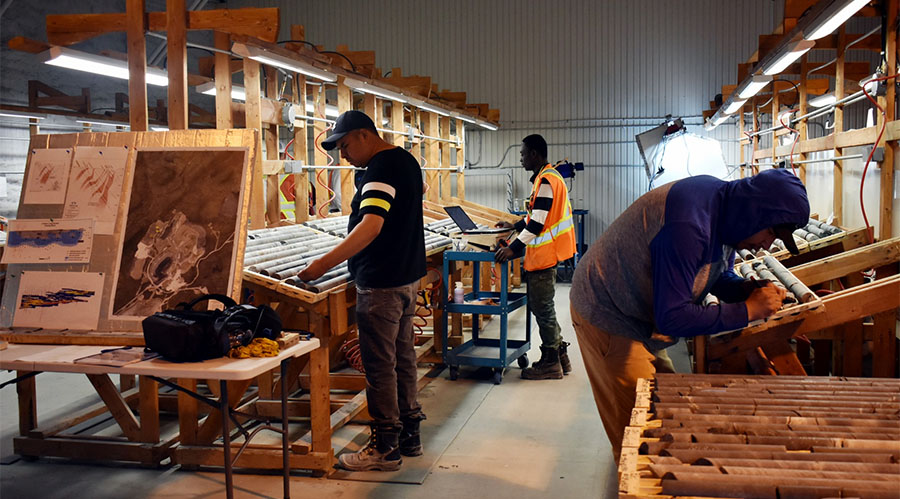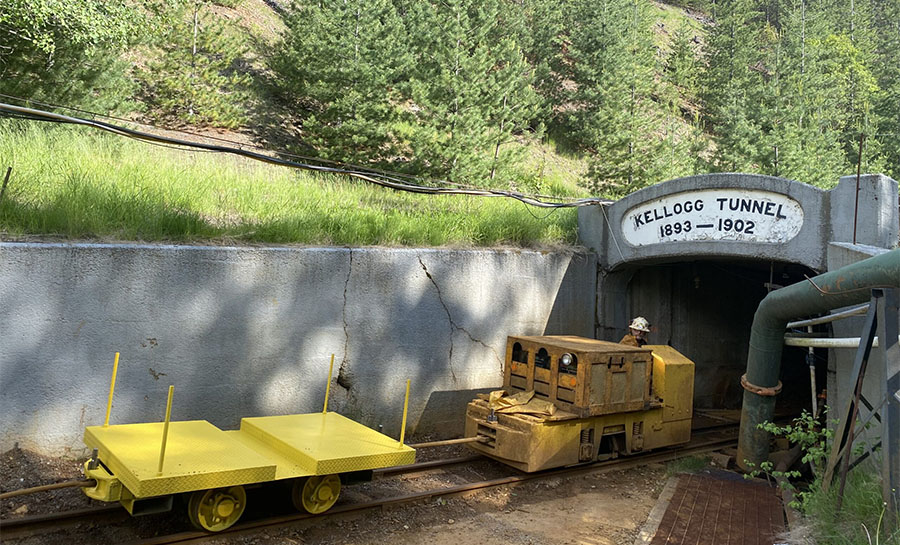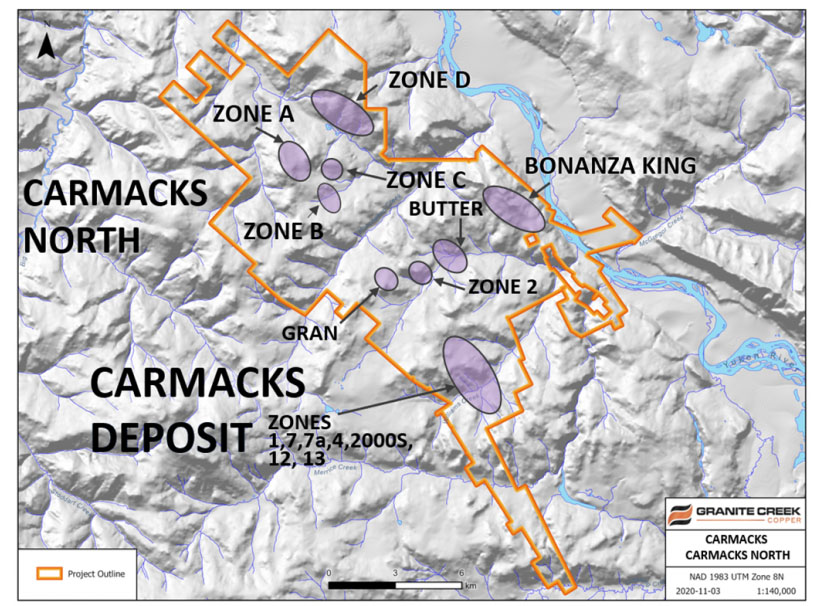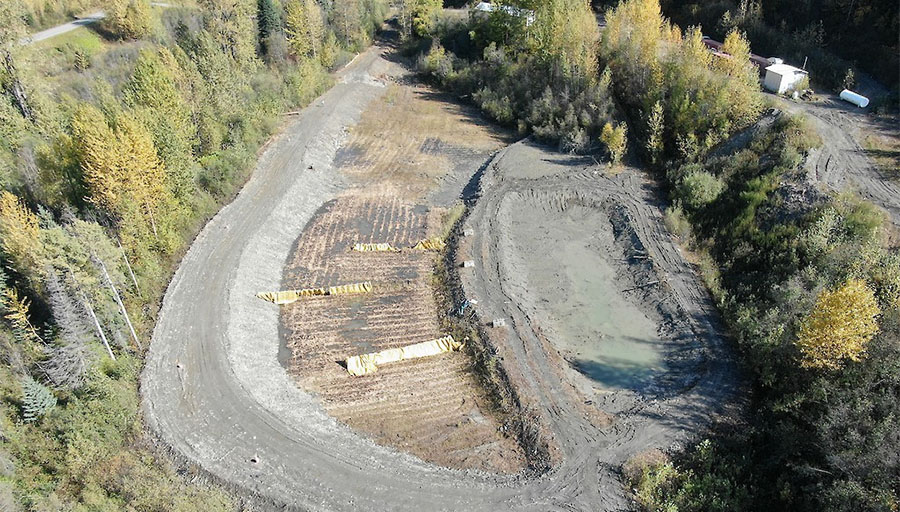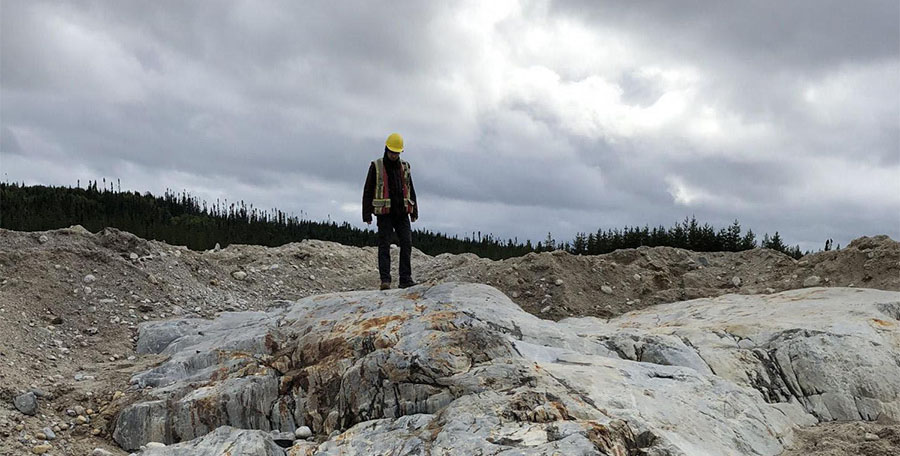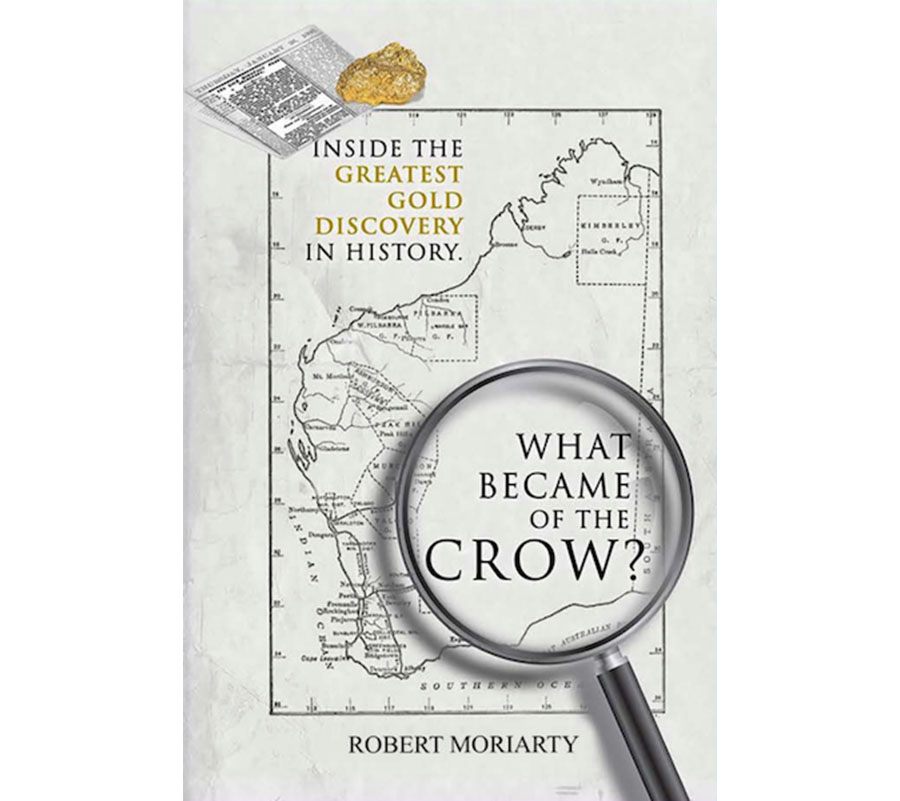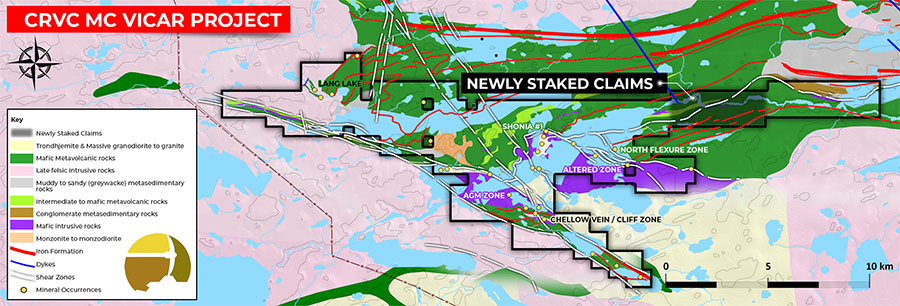Streetwise Reports: Gold and silver have been trading more or less sideways for the last month or so. What do you see ahead for the precious metals?
The Critical Investor: The question is simple, but as precious metals and especially gold have no fundamentals but sentiment drivers, in my view, the answer isn't as simple and straightforward. First and foremost I am no gold bug, nor any metal bug for that matter. The two drivers I consider most important for gold are negative real interest rates (interest rates below inflation levels) and the U.S. dollar itself, besides the general fear trade that gold usually is. For the foreseeable future I see a very dovish Federal Reserve on interest rates, possibly with the intention to leave rates this low for at least one year and potentially more, as inflation is running below their target. It's uncertain if there will be another U.S. stimulus package before election day, but if there isn't, it is my feeling that the second COVID-19 wave might invoke one anyway.
The first stimulus package, of unprecedented size, sent the dollar lower and gold higher, and this has reversed somewhat the last two months. Without another colossal stimulus package, the dollar is now considered by several experts as a potential safe haven against COVID and the elections, possibly keeping gold in the US$1850–1900/oz range, but as mentioned, I don't see this as a real possibility as Europe and other parts of the world are already facing the consequences of the second COVID wave and are acting upon it, whereas I see the U.S. as problematic in this regard, which will almost certainly trigger a new package.
What will be the result of it? Usually there is a stronger first time effect on unprecedented events and measures, as people tend to get used to a new situation and are not as surprised in a good or bad way anymore when things happen for a second or third time. As the stock markets are already at or near all-time highs, with economic fundamentals lacking, meaning potential overvaluation, reinforced by, for example, share buybacks and the mutual funds of the Vanguards and Fidelities of this world, I don't see these same markets gain much more beyond their all-time highs based on stimulus packages. But what it could invoke is the U.S. dollar going lower, creating another opportunity for gold, after the second COVID outbreak, which could scare people out of anything from gold to stocks, to go even higher than the US$2068/oz record set in August, especially with a solid framework of ongoing negative real rates.
As far as a second COVID correction goes, I do believe that at the time of the first outbreak everybody was panicking, with a vaccine nowhere in sight anytime soon, not knowing what to expect for support coming from the Fed and governments. We know now that these parties are very generous, work much more swiftly than during the 2008 financial crisis, and will do whatever it takes again. So my guess is that a second correction will by far not be as steep and deep as the first one; China manufacturing and consumption has recovered nicely, key indicators in this area keep coming in above expectations in the Western hemisphere, and as a vaccine seems near for Q1 2021, this could add confidence to the markets as well.
SWR: Precious metals and base metals don't all move in lockstep with each other. What metals do you think will do better than others in the middle to longer term?
TCI: As discussed in my last answer, based on a few assumptions on sentiment drivers, I see gold doing well, followed by silver, which has less appeal to investors and is much more volatile. As silver seems to be decoupled from gold the last few years, has much less intrinsic value and is often a by-product of other metals, and is also much less used as a storage of value but used more in industrial manufacturing, investors tend to speculate much more in gold and gold stocks.
I don't have an opinion on platinum group metals (PGMs), by the way. I remember four years ago, PGM mines were closing, car catalytic converter demand was increasing, so it was a no brainer to invest in platinum and platinum stocks, only to see everything go down after a quick short rise, and trading sideways for years. Palladium did well on the other hand, as supply/demand fundamentals were far more positive than for platinum, although it is used in much smaller volumes for more or less the same purpose. I don't understand it, so I don't have an opinion on this.
Base metals are also doing well these days, as China is recovering nicely from COVID, and production and consumption data are improving, and as a result imports of all sorts of base metals by China is increasing. Copper has made a remarkable recovery from its March lows of US$2.05/lb, hovering above US$3/lb now after a few volatile weeks. Also playing a part in this were supply issues in important copper producing jurisdictions like Chile and Peru, but as these are coming on-line again, the copper price sees some pressure lately. We were entering a deficit this summer, and it is expected by experts that this deficit will expand next year, so I expect the US$3/lb levels at least to hold if this comes true. Around US$3/lb, most copper projects are economic, this is an important base case threshold.
More or less the same (China demand improving, Chile/Peru mines halting temporarily) goes for zinc, as both countries are important producers of this grey metal as well. However, the zinc market is a more complex one, as zinc smelters basically control prices, and are known to operate not very transparently, causing giants like BHP exiting the zinc market altogether. Zinc projects in general need a higher zinc price than the current US$1.05/lb, more like US$1.10–1.20/lb.
Nickel has also seen a great recovery on improving China figures, but it is believed that its future is tied to the demand of electric vehicles (EV), and more specifically, its batteries. Because this is a market with lofty forecasts, but also heavily dependent on government subsidies and necessary technical progress, the timeline of supply/demand in nickel isn't clear for the moment. But as current production needs to be expanded meaningfully, and future new mines are far and few between, it is anticipated that somewhere in the future nickel prices should go up. At the current nickel price of US$6.65/lb, not a lot of projects are economic, if any; usually a nickel price of US$7.50–8/lb is needed. Something else is playing a role apparently in the EV universe, and this is Elon Musk of Tesla, calling for mining projects that will produce battery materials like lithium and nickel. According to a hilarious article in Mining.com, it seems he has no clue what he is talking about, but the effect is impressive nonetheless, sending most lithium and nickel stocks much higher.
SWR: Do you see certain types of mining companies as better investments than others? For instance, seniors vs. juniors vs. mid-tiers? Explorers vs. developers vs. miners?
TCI: This all depends on your risk profile, as any licensed portfolio manager can confirm to you. Personally I don't trade miners, as I see them simply as leverage on the gold price if well run with good assets in good jurisdictions. I like more autonomous growth/catalyst potential in my stocks, as you can find in explorers and developers. But again, the earlier stage the more risky. Most explorers tend to double or triple in a bull market just on the narrative before drilling, and more often than not the drill results disappoint and the stock loses 50% or more in a day. But if successful it could run up 2 or 3 times in a day as well, often directly after the open, so it is hard to get in then. I have seen my fair share of disappointing explorers, so I tend to be more careful now and predominantly play the narrative after getting in early. For every 3–4 losers you need a solid winner, so it is a difficult game if you elect to hold everything during first drill results.
In my view, it is never a bad thing to invest in quality projects and management. On the other hand, these companies often see overvaluation as they attract a large following based on exactly those criteria. So it is key to get in early, accept a certain amount of early-stage risk and size position accordingly. Usually I focus on new companies with strong management and a project that already has a resource, or a historical resource, has a growth story and has no problem raising lots of cash.
SWR: You have a background in construction/project management. How does that affect the way you look at mining companies? Do you feel that you offer a different perspective than other industry commentators?
TCI: My background gives me a result driven, more analytical point of view as I am not only interested in narrative, management, jurisdiction and geology, as most commentators are, but also interested in hard facts and figures, and also focused on the future. Where could this resource or project go from here and why, without too much arm waving? I always like to compare a project with peer projects, model my own discounted cash flow analysis, see how it can develop regarding economics. But I also like to estimate resources based on drill results, which in my case without a geological background and geo software doesn't go beyond the back of an envelope, but I haven't been that far off in most instances, although there is a lot of luck involved, of course.
SWR: What criteria do you count as important in evaluating an investment in a mining company?
TCI: As I mentioned earlier, strong management with a history of success in juniors is important. But there can only be so many strong management teams with track records, so the opportunities in this regard are limited. Below them are the talented newcomers, but without much of a track record, so harder to detect. In that case, following the money is often quite useful. I found that talented newcomers have no problem raising cash and attracting well-known directors/advisors, so when I see a junior with a team unknown to me raising C$12–20 million out of nowhere, I'm surely interested to know more. I also have a network of people who know most in the industry, providing me with their opinions if asked. In some cases this also works for projects, as most interesting projects have seen earlier exploration. This is something an investor can ask the management of other companies that are working in the same area; often their geologists know many other projects. Beware of bias and pitching of their own project, but usually something useful comes out of it, which can be presented to management of the researched company itself.
Geologically speaking, I would like to see as many available good drill results as possible, and before any recent drilling has been accomplished, a relatively high acquisition price of an exploration asset at least points towards an implied higher chance of success. An existing (historical) resource is a nice thing to have and something of a potential backstop to me, when all (sometimes "blue sky," "district scale") stepout exploration plans fail unfortunately. On the other hand, I have had some nasty "we have a great historical resource and all we have to do is just a bit of infill drilling to satisfy the regulators and get it to 43-101 compliant" experiences as well, so it is not that easy.
Regarding an existing 43-101 compliant resource, I tend to estimate ASAP if it is or could become economic, by estimating assumptions based on comparable economic studies. If I have my doubts, I contact management with my findings and let them counter these if possible, until I'm satisfied.
Other important subjects are jurisdictions, often further specified to the area the project is located, as, for example, a country can have completely different state/province mining regimes. Every country or jurisdiction has its own very specific fields of attention. For example in Nevada, generally considered as one of the best mining jurisdictions worldwide, the coveted water rights are something that can cause lots of trouble when not acquired and permitted well before construction. In Peru, mining companies have to deal with local populations and governments for permits, but often also with regions that are pro or against mining, so it is important to know beforehand which claims you are going to stake, and for that you have to know the area very well. Another issue with lots of countries is that you need a team on location that is assembled almost completely out of local people, in order to get things done. This involves a lot of training, local presence, support of local communities, etc.
In general, basic things like share structure, debt, loans, roll backs in the past, name changes, management changes, management compensations, G&A, etc. all need to be checked in the news releases, financial statements and the MD&A documents on SEDAR.
SWR: Would you like to discuss several companies that you think present investment opportunities?
TCI: Sure, there are a number of companies I am following, being sponsored by and/or a shareholder of; each represent different opportunities on their own. I'll describe them in a nutshell in no particular order, so readers can decide where to go from there with due diligence:
Queen's Road Capital Investment Ltd. (QRC:TSX.V) (market cap C$102M): This is an emerging financier in resources, led by Warren Gilman, a well-known large scale financier in the mining business. Plans to build a multibillion dollar market cap. Has billionaire friends backing him, raised about C$80 million with them in a heartbeat, is considering funds and banks now for additional cash. Planning to buy equity, with a focus on convertible debt securities, entering the mine financing hole left by big banks. First equity investments included NexGen Energy and IsoEnergy, and very recently the company added US$20 million of Adriatic Metals convertible debentures to its portfolio. Management and directors own 9%, all insiders combined own 75%.
KORE Mining Ltd. (KORE:TSX.V; KOREF:OTCQB ) (market cap C$134M): The company fully owns three gold projects, two of which are development stage heap leach projects in California, and both have a recent preliminary economic assessment (PEA). The Imperial project, close to the Mesquite Mine (owned by Equinox Gold) has a post-tax NPV5 of US$343 million and IRR of 44% at US$1450/oz Au, and needs capex of US$142 million. Long Valley has a post-tax NPV5 of US$263 million and IRR of 40% at US$1600/oz Au, with a capex of US$158 million. At a gold price of US$1900/oz, both NPV5s account for a combined US$1056 million value, compared to a market cap of C$$128 million. The CEO is Scott Trebilcock, a funny character and former chief development officer of Nevsun Resources, leading the acquisition of Reservoir Minerals, the defense against a hostile Lundin bid and the eventual buyout by Zijin Mining for C$1.9B in 2018. Eric Sprott holds 26%, management holds 38%.
Adriatic Metals Plc (ADT:ASX; 3FN:FSE) (market cap A$409.64M): This company is developing one of the most impressive and profitable (polymetallic) projects worldwide, which is the fully owned Vares project in Bosnia-Herzegovina. The very recent Prefeasibility study delivered a strong post-tax NPV8 of US$1,040 million with a stunning IRR of 113% and a US$173 million capex, based on US$24/oz silver, US$1900/oz gold, US$1.14/lb zinc, US$2.95/lb copper and US$0.91/lb lead prices. Economics held up nicely compared to the scoping study results, with back of the envelope calculations using the considerably lower PM metal price assumptions from the scoping study the NPV and IRR would drop off only 10-15%. Capex appears to be a low number at first sight, but it is actually extremely high for a relatively small 800 tonnes per day operation. The reason for this can be found in the underground development costs that are included with capex, rendering sustaining capital extremely low as these costs usually are accounted for in this last category. Opex is also relatively high as four different concentrates have to be produced and transported to smelters. The company is busy permitting, which has gone a bit slow but steady so far. Sprott Global is a 5% shareholder, management holds 26.6%.
Cartier Resources Inc. (ECR:TSX.V) (market cap C$51.5M): The 100%-owned flagship Chimo Mine gold project in Quebec has an Indicated and Inferred resource of 1.2Moz @4.2g/t gold, with mineralization starting at surface and open at depth. The company is drilling the project, and forecasts a 1.7Moz resource in Q4 2020. A lot is expected from Benoist, its more early stage, second most important exploration project, for which money has been raised in August, and a major drill program is planned at the moment. The company has C$13.8 million in cash. Management owns 3%.
Treasury Metals Inc. (TML:TSX: TSRMF:OTCQB) (market cap C$146.6M): Treasury Metals acquired the Goldlund asset from First Mining this year for a lot of equity in return, located adjacent to its Goliath Gold project, in Ontario, giving it a 3Moz gold resource base with the potential to grow this much larger. Goliath already sports a 2017 PEA with a post-tax NPV5 of US$334 million and an IRR of 18%, based on a US$1250/oz gold price. My estimates on combined Goliath-Goldlund project economics generate a hypothetical post-tax NPV8 of US$609 million and IRR of 35.7% at US$1700/oz gold. A combined PEA and an individual Goliath PFS is expected in Q1 2021. The company raised C$11.5 million in July; management holds 3%. Sponsoring company.
Cassiar Gold Corp. (GLDC:TSX.V; MARFD:OTCQB) (market cap C$24.9M): With the second iteration of Margaux Resources, which didn't find much success on early stage gold and zinc exploration projects, Steve Letwin, former longtime CEO of IAMGOLD, decided to buy the Cassiar project in BC, which sports a near surface, most likely very economic 1Moz @1.43g/t gold resource. According to technical advisor Doug Kirwin of Ivanhoe fame, the potential could be 3–5Moz. The company is raising C$6 million at the moment. Management, Board of Directors and advisors own 42.1%.
AbraPlata Resource Corp. (ABRA.TSX.V) (market cap C$148.6M): Abraplata is an exploration company with projects in Chile and Argentina. Its 100%-owned flagship open pittable oxide Diablillos silver-gold project in the mining-friendly Salta province in Argentina has an indicated resource of 80.9Moz silver and 0.73Moz gold, or 1.7Moz AuEq @2.1g/t AuEq, which is a very high grade for an open pit project. As a result, the 2018 PEA has excellent numbers, with a post-tax NPV7.5 of US$212 million and IRR of 30.2%, already achieved at US$1300/oz gold and US$20/oz silver. At current metal prices, the NPV more than doubles. This is not all however, as the deposit is open at depth and along strike, and is believed to be part of a large system with a potential porphyry nearby, all of which is explored at the moment. An updated resource and PEA is expected in H1 2021. The company has C$25 million in cash in the treasury. Eric Sprott, Altius Minerals and SSR Mining own 37%, management and board own 3%.
Fireweed Zinc Ltd. (FWZ:TSX.V) (market cap C$65.2M): Fully owns the 50Mt MacMillan Pass zinc project in the Yukon. The 2018 PEA has solid economics with a post-tax NPV8 of C$448 million, IRR of 24% and capex of C$404 million, at a zinc price of US$1.21/lb. Based on C$71 million government infrastructure funding that can be subtracted from capex, and a new discovery at the Boundary Zone (very impressive 100m @ 7.94% Zn intercept from surface), I expect economics to improve quite a bit as the resource likely will grow significantly and could easily double on Boundary alone, in my view, based on which the updated PEA will come out in 2022. It is a slow mover, but the resource has clear potential to be Tier I, and developing such a rare, large asset takes time. Management owns 12%.
The following companies are more of a speculative nature, their projects being more early stage:
Avrupa Minerals Ltd. (AVU:TSX.V; AVPMF:OTC; 8AM:FSE) (market cap C$3.3M): This is a nano cap prospect generator with its flagship copper/zinc project in Portugal. The company recently received its exploration permit, which in turn sealed the JV deal with MATSA, the mine construction and exploration vehicle of Trafigura and Mubadala, two commodity/investment giants. Drilling on the Alvalade project, which includes proving up lots of left behind resources from an old mine, is fully financed by MATSA and will start soon. A small raise (C$500k) is in the works, and a 4:1 roll-back is planned for December. Management owns or directly controls 16%. Sponsoring company.
Golden Arrow Resources Corp. (GRG:TSX.V; GARWF:OTCQB; G6A:FSE) (market cap C$21.5M): This company had its arm twisted by SSR Mining, when it was forced to sell its 25% JV interest in the ramping up Puna operation at rock bottom silver prices in Q3, 2019. This disappointed many investors and rightly so, as the Chinchillas discovery didn't return anything for them in the end. I sincerely hope the company has learned its lessons when negotiating JVs in the future. For now, the company is backstopped by C$28 million in cash and SSR Mining shares which is more than the current market cap, and are drilling and preparing several prospective drill targets in Latin America. The company sure knows how to explore and has the cash to do extensive drill programs and studies, so with metal prices at current high levels any discovery will be a strong catalyst, in my view. Management owns 7%. Sponsoring company.
Kenorland Minerals/Northway Resources (NTW.V, in the process of an RTO with Kenorland [private], raising up to C$12 million, estimated resulting market cap about C$47M; I'm looking to get in after it's listed): As a private company, Kenorland made an interesting gold discovery at its Quebec project, hitting 29m @8.47g/t gold from 72m depth. Zach Flood is CEO of both companies, an upcoming talent and a personal favorite of Rick Rule. As a consequence, Rule and Sprott have been supporting and investing in his companies whenever possible. Very impressive team of advisors with David Broughton and Peter Meredith, both from Ivanhoe fame. Management owns about 9%.
Forum Energy Metals Corp. (FMC:TSX.V) (market cap C$16.5M): Forum is a prospect generator, which has JVs for its flagship Janice Lake copper project (with Rio Tinto, C$30M) and its Fir Island Uranium project (Orano, formerly AREVA, C$6M). Rio Tinto has set up an 80-person exploration camp this summer, and recently completed an IP survey, sampling and first rotary air blast drill program on Janice Lake, for which the results are awaited by the end of October. These results, if successful, will be used to design a diamond drill program for next year. Forum is also exploring the 100%-owned Love Lake Copper/Nickel/PGM project. All three projects will be diamond drilled next year if early stage exploration is successful. Management owns 9%.
Riley Gold Corp. (RLYG:TSX.V) (market cap C$9.9M post closing): Riley Gold is an early stage exploration play with gold projects in Nevada, including one project where historical drilling returned numerous mineralized intercepts in the 1–2 g/t gold range, with highlights of 12m @ 2.54g/t from 59m including 10.7m @ 2.89g/t, 18.8m @ 1.25g/t from 80.8m, and 27.4m @ 0.72g/t from 233m.
The company just closed an oversubscribed C$3M round at C$0.20 on October 16th. The share price increased to C$0.39, probably when word reached brokers they were doing a financing, so I am waiting until the dust settles here. The company is led by CEO Todd Hilditch, who is very familiar with gold exploration projects in Nevada, and Executive Chairman William Lamb, the former CEO of Lucara Diamonds, bringing it to a C$1 billion valuation at its peak. Another director, Stuart Smith, is former technical director strategy and new projects for Teck. The company appears to have become much more active since the beginning of October 2020. Management owned 30% before the financing, after the closing they still hold 18%.
SWR: Any parting thoughts for our readers?
TCI: These are extraordinary times for everybody, and represent challenges, threats and opportunities for everybody. As COVID-19 is staging a vicious comeback, and the U.S. is following Europe with a small delay, as I expect, that could result in very interesting presidential election circumstances with lockdowns, facial masks and special voting procedures having the potential to create unexpected outcomes.
National debt is already at such lofty levels that raising interest rates to more normal levels (2-3%) has become almost impossible, and will probably guarantee low rates to be a reality for many years to come. As long as inflation remains higher than interest rates, this could create the ideal environment for things like gold and gold related investments. Things are chaotic nowadays with COVID-19, but when a vaccine is developed, which is anticipated in H1 2021, I see the real world economy gradually (or maybe even pretty quickly) returning to former activity levels. This in turn could fuel a real wave of enthusiasm on the markets, including the TSX and TSX.V, also lifting base metal sentiment and corresponding stocks.
SWR: Thanks for your insights. With the pandemic, stimulus packages and the U.S. presidential election creating so much financial uncertainly, precious metals will be closely watched in the months ahead.

Alvalade Project, Closed Lousal Mine; Avrupa Minerals
The Critical Investor is a newsletter and comprehensive junior mining platform, providing analysis, blog and newsfeed and all sorts of information about junior mining. The editor is an avid and critical junior mining stock investor from The Netherlands, with an MSc background in construction/project management. Number cruncher at project economics, looking for high quality companies, mostly growth/turnaround/catalyst-driven to avoid too much dependence/influence of long-term commodity pricing/market sentiments, and often looking for long-term deep value. Getting burned in the past himself at junior mining investments by following overly positive sources that more often than not avoided to mention (hidden) risks or critical flaws, The Critical Investor learned his lesson well, and goes a few steps further ever since, providing a fresh, more in-depth, and critical vision on things, hence the name.
The Critical Investor hopes you will find this interview interesting and useful, and will have further interest in upcoming articles on mining. To never miss a thing, please subscribe to the free Critical Investor newsletter on the website a href="https://www.criticalinvestor.eu" target="_blank">www.criticalinvestor.eu, in order to get an email notice of new articles soon after they are published.
[NLINSERT]Critical Investor Disclaimer: The author is not a registered investment advisor, and currently has a long position in all stocks mentioned, except Kenorland Minerals and Riley Gold. Treasury Metals, Golden Arrow Resources and Avrupa Minerals are sponsoring companies. All facts are to be checked by the reader. For more information go to the website of the companies and read company profiles and official documents on www.sedar.com, also for important risk disclosures. This article is provided for information purposes only, and is not intended to be investment advice of any kind, and all readers are encouraged to do their own due diligence, and talk to their own licensed investment advisors prior to making any investment decisions. Disclosure: Image provided by the author. All pictures are company material, unless stated otherwise.
1) Patrice Fusillo conducted this interview for Streetwise Reports LLC and provides services to Streetwise Reports as an employee. She owns, or members of her immediate household or family own, shares of the following companies mentioned in this article: None. She is, or members of her immediate household or family are, paid by the following companies mentioned in this article: None.
2) The following companies mentioned in this interview are billboard sponsors of Streetwise Reports: Golden Arrow Resources. Click here for important disclosures about sponsor fees. The information provided above is for informational purposes only and is not a recommendation to buy or sell any security.
3) The Critical Investor's disclosures are listed above. The Critical Investor determined which companies would be included in this article based on my research and understanding of the sector. The Critical Investor had the opportunity to review the interview for accuracy as of the date of the interview and is responsible for the content of the interview.
4) The interview does not constitute investment advice. Each reader is encouraged to consult with his or her individual financial professional and any action a reader takes as a result of information presented here is his or her own responsibility. By opening this page, each reader accepts and agrees to Streetwise Reports' terms of use and full legal disclaimer. This article is not a solicitation for investment. Streetwise Reports does not render general or specific investment advice and the information on Streetwise Reports should not be considered a recommendation to buy or sell any security. Streetwise Reports does not endorse or recommend the business, products, services or securities of any company mentioned on Streetwise Reports.
5) From time to time, Streetwise Reports LLC and its directors, officers, employees or members of their families, as well as persons interviewed for articles and interviews on the site, may have a long or short position in securities mentioned. Directors, officers, employees or members of their immediate families are prohibited from making purchases and/or sales of those securities in the open market or otherwise from the time of the decision to publish an article until three business days after the publication of the article. The foregoing prohibition does not apply to articles that in substance only restate previously published company releases. As of the date of this article, officers and/or employees of Streetwise Reports LLC (including members of their household) own securities of Avrupa Minerals and Cassiar Gold, companies mentioned in this article.



